Yoga is more of an art form than a formal exercise regimen; its adherents hold that the power to cure lies within each individual. Practicing yoga on a regular basis may improve your overall well-being.
Here we shall focus on one particular asana, Konasana, the health advantages of the Konasana pose are also explored here in this blog by India Yoga School.
Konasana – what is it?
Many yoga practitioners refer to Konasana as the angle position or the sideways bending pose. The English word “angle pose” comes from the Sanskrit words “Kona” (meaning “angle”) and “asana” (meaning “pose” or “posture”). Both of the variants of this pose, known as Konasana I and Konasana II, call for the use of both hands to stretch out to the sides.
How To Perform Konasana?
To reap the full health advantages of Konasana, good technique is essential. A possible way to do Konasana is as follows:
- Get a mat ready and stand in Tadasana. Make sure your spine is straight, your feet are flat on the ground, and your body is in perfect alignment from head to toe. Breathe deeply and move forward.
- Then, while your right arm slowly goes up into the air, bend your upper body to the right, and contact your left thigh with your left hand.
- Hold the hips and legs still; the only move you should do is stretch your spine side to side. Keep holding this pose for another six seconds.
- After that, breathe out and go back to where you were.
- Proceed in the same manner using your left arm. One cycle of Konasana is finished with this sequence.
What are the Benefits of Konasana?
Here are some benefits of doing konasana:
Benefits of Konasana for Diabetes: Diabetes, whether type I or type II, is a metabolic condition or issue defined by high blood glucose levels caused by insulin resistance or decreased synthesis. Konasana can help with this. Yoga positions like Konasana may aid in lowering blood sugar levels.
A rise in insulin secretion may be the outcome of alternating abdominal contractions and relaxations brought about by a side stretch in Konasana. Another key factor in diabetes problems is oxidative stress, which Konasana may help alleviate. Konasana may be useful in the management of diabetes
Benefits of Konasana for Hypertension: High blood pressure, sometimes known as hypertension, is a silent killer that, if unchecked, can lead to a host of other health problems. Hypertension can develop as a result of sedentary lifestyle choices. It is possible that yoga asanas can lower blood pressure. The management of hypertension involves the practice of pranayamas, breathing exercises, and a limited number of yoga asanas, such as Konasana.
In a stroke, the brain suffers damage because blood flow is interrupted. Konasana can help with this.
The benefits of konasana on depression Konasana can help in the potential reduction in symptoms of depression when practiced regularly alongside other yoga asanas and pranayamas. A possible benefit of the Konasana is a reduction in symptoms of depression.
Benefits of Konasana for Obesity: Excessive fat storage, or obesity, raises the risk of a number of ailments. The potential weight loss and fat loss effects of practicing yoga (Konasana) on obese individuals are becoming more apparent.
Asanas like Konasana have been given the go light by India’s Ministry of Health and Family Welfare for the purpose of asthma management. To ease breathing and open up the chest, try this sideways stretch. Therefore, Konasana may have a beneficial effect on asthma. Even while it won’t help with asthma in a clinical setting, it might alleviate symptoms.
Konasana and similar asanas may also aid in the development of strong side muscles, which is an additional advantage of the pose. Because it promotes better digestion and stimulates the digestive organs, it may alleviate constipation. It also aids in waist reduction and helps in relieving back pain.
You can also read: How to Do Yoni Mudra Step by Step and Benefits of Yoni Mudra?
Safety Measures of Konasana
- Be cautious not to overextend yourself if you suffer from neck problems.
- People with hypertension and other heart issues should not do it.
- Individuals who have had neck or spinal cord injuries.
- Side stretches like this one could put strain on a pregnant woman’s belly and her unborn child, so pregnant women should skip it.
You should only attempt Konasana under the supervision of an experienced yoga teacher. Furthermore, contemporary medicine should not be seen as a replacement for this asana.


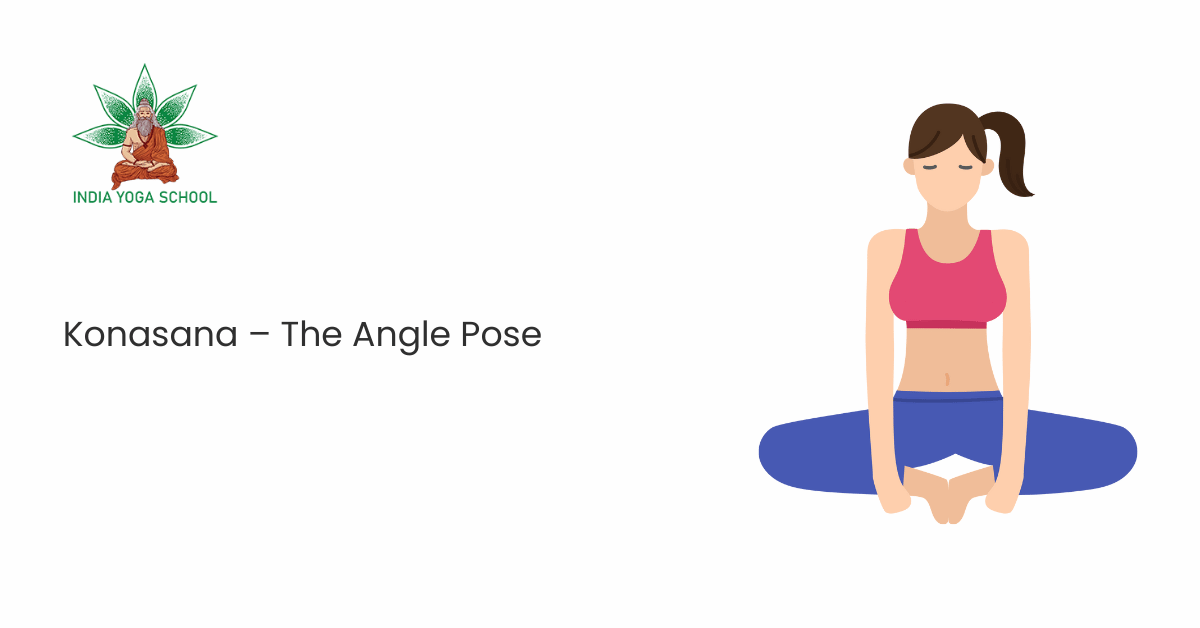
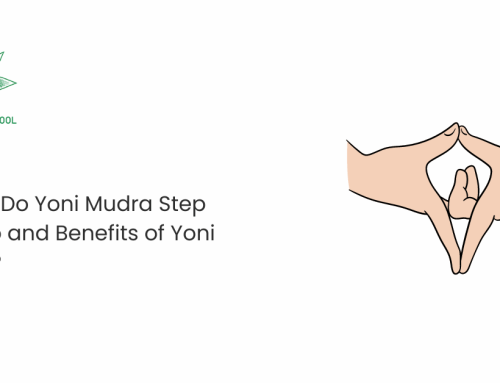
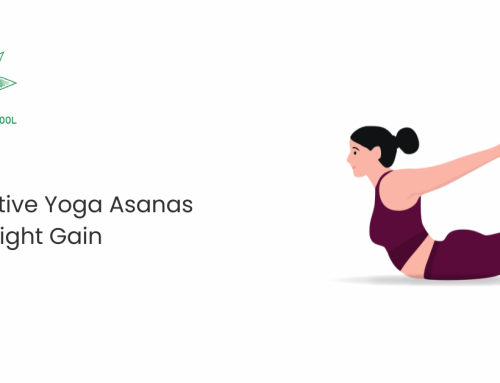
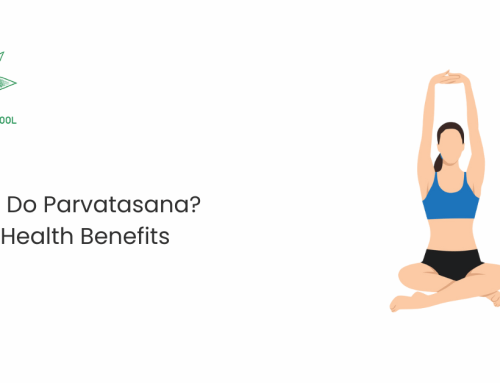
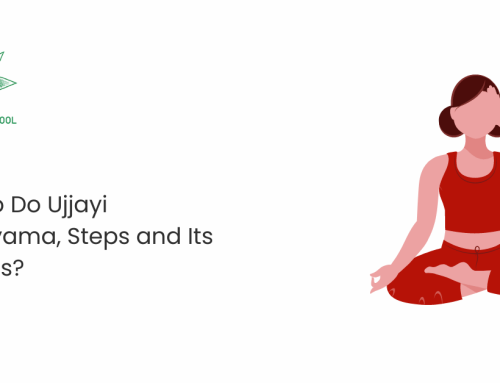
Leave A Comment